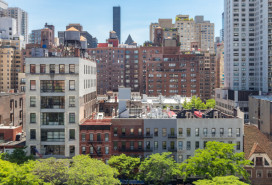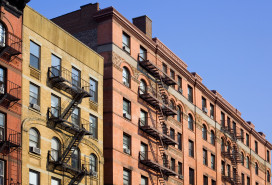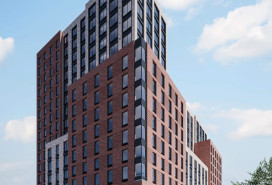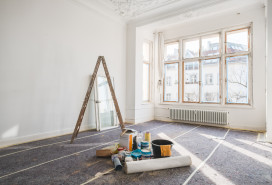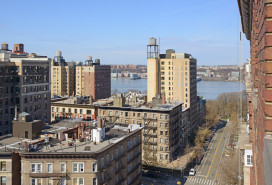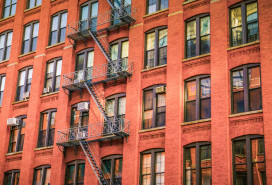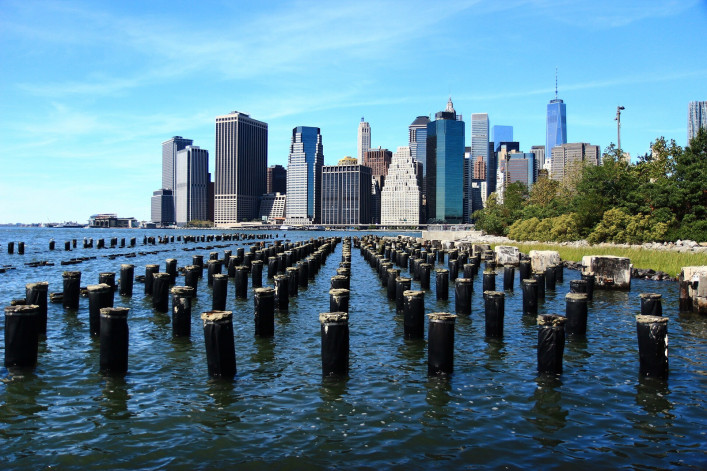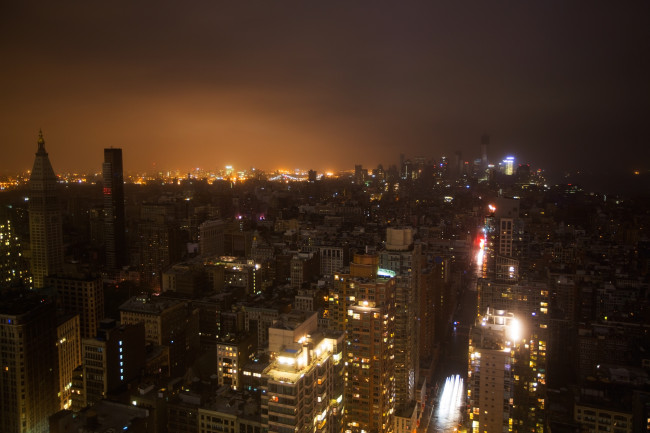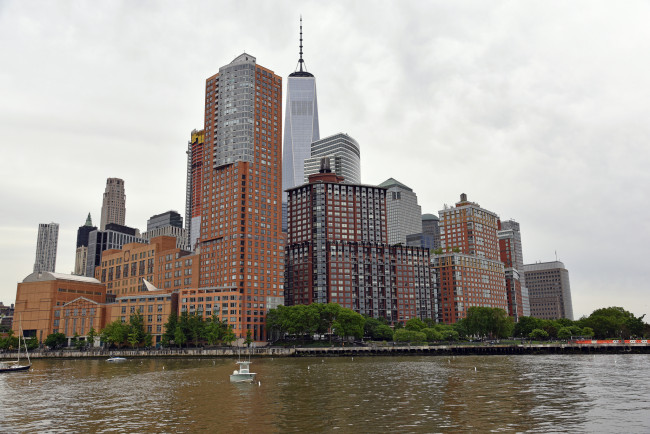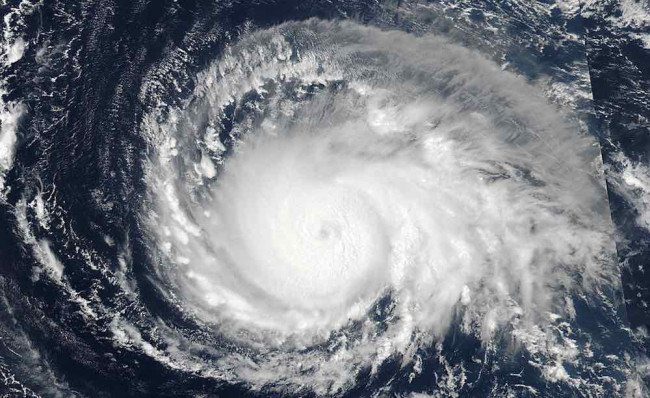How well is NYC prepared for storms post-Sandy?
Though this has been a pretty mild hurricane season for New York City, storms and flooding are still a major concern, what with Hurricane Matthew narrowly missing us, recent updates to FEMA's flood maps adding 35,000 more properties to a list deemed "at risk," and news about the disappointing performance of the city's "Build it Back" program. So how well prepared are our buildings in the event of another Sandy-caliber storm?
The answers, it appears, vary building by building.
Regardless of neighborhood, you're most likely to see up-to-date flood protection measures in new construction buildings or homes that have been gut-renovated, thanks to stricter new flood resistance construction standards that require a building's electrical, boiler, and other major systems to be moved to a higher floor, and in some cases, buildings themselves be elevated above predicted flood levels.
"[With] new construction and renovations happening now, there are a whole host of requirements like waterproofing, and sometimes installation of floodgates," says Ideal Properties' Eric Serras, who has worked extensively in Red Hook. "So the big question becomes whether you're in the flood zone: I've seen instances where one person will have to make certain upgrades to their home, while their neighbor on a different part of the street has to do something else." This means improvements may be inconsistent since requirements can vary wildly even block by block or building to building, so don't assume that all buildings in a given neighborhood have had the same upgrades, even if they're in close proximity.
In larger new developments, Andy Gerringer of The Marketing Directors says "[developers] are all very sensitive now to how things are being built, and the fact that you can't have mechanicals on the first floor anymore. For example, where they used to have mechanical equipment, there's now only parking, so in the event of a storm, the cars can simply be moved out to minimize damage." So if you're buying or renting in a new development built recently in a waterfront area, you can bet that management is paying close attention to flood prevention and regulations.
But thanks to the high cost of this type of work, you won't necessarily see older buildings making the same improvements if they don't absolutely have to. "It’s such an expensive undertaking that to just sort of do it preventatively is really cost-prohibitive," says Serras, particularly with individual homeowners as opposed to larger management companies.
On top of that, taking these kinds of flood safety measures doesn't really translate to savings on a building's flood insurance policy, says Jeff Schneider of Gotham Brokerage (FYI, a Brick sponsor), so there's little financial incentive to offset the cost of work; plenty of properties have likely skipped flood-proofing to avoid the expense and hassle, leaving them vulnerable in the future.
However, some higher-end buildings downtown have been adding in flood gates and other preventative measures that don't require a total overhaul. For instance, says Triumph Property Group's Brian Weiss, after suffering damage during Sandy, luxury Tribeca building Truffles now has a barrier that can be assembled to protect against flood water if it's clear that a storm is threatening to flood the area. (To date, they haven't had to use it, Weiss notes.)
Unsurprisingly, if you can convince your building to take precautions now (we've got some suggestions on options here), it will save everyone headaches—and money—in the event of a major storm. "Flood insurance is not especially comprehensive, so it's prudent to take steps to keep things operational and dry when a flood hits," says Schneider.
But one concrete step residents can take, even without the management's help: While their flood precautions have varied from building to building since Sandy, Argo Residential rep Julie Zuraw tells us that all of their buildings now have communication systems—such as an established "call pyramid"—to ensure that every resident is contacted and accounted for during emergencies. "[We make] sure we know who is in the building during the storm and what their concerns might be and how we can address them," Zuraw explains.
Regardless of whether it's an effort organized by your management, effective communication with your neighbors during an emergency situation is always one of your best bets.


